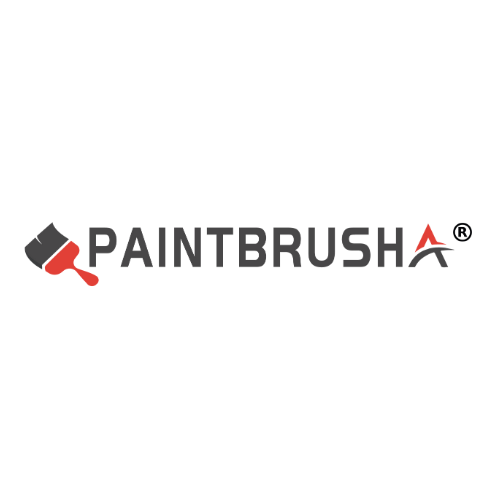When using a wall painting brush to create a three-dimensional effect, you can follow the following steps and methods:
First, the preparation stage
Select tools and materials
Wall painting brush: Choose a high-quality wall painting brush. The bristles should be soft and elastic to better control the brushstrokes and the flow of the paint.
Paint: Acrylic paint is recommended as it features bright colors, quick drying, water resistance and scratch resistance, making it suitable for wall paintings.
Other materials: such as pencils, erasers, rulers, chalk, etc., are used for drawing drafts and assisting in positioning.
Wall treatment
Make sure the wall surface is flat, dry, free of oil stains and dust.
If the wall surface is uneven, you can use sandpaper to sand it or putty to level it.
Before drawing, you can apply a layer of light-colored latex paint on the wall as the base color to better present the three-dimensional effect.
Second, draw the draft
Determine the composition
Determine the composition of the wall painting based on the size of the wall and the three-dimensional effect you want to achieve.
The general outline and perspective lines can be gently sketched on the wall with a pencil.
Draw the grid
To draw the three-dimensional effect more accurately, a square coordinate grid can be drawn on the wall surface.
Grids can help determine the position and proportion of objects in the picture.
Third, draw a three-dimensional effect
Determine the light source
Imagine the position of a light source, usually located at the top or one side of the picture, which will affect the shadow and light and shade distribution of the object in the picture.
Draw the outline
Use a wall painting brush to draw the basic shape of the object with light-colored paint according to the outline of the draft.
Pay attention to the direction and force of the brushstrokes to better represent the texture and three-dimensional effect of the object.
Add shadows and shades
Draw the shadow part of the object with dark pigment according to the position of the light source.
The shaded areas should transition gradually to avoid being too stiff.
Through the contrast of light and shade, the three-dimensional effect of an object can be enhanced.
Refine the details
Use a smaller wall painting brush to refine the texture and details of the object.
Pay attention to the direction and force of the brushstrokes to better represent the texture and three-dimensional effect of the object.
Adjustment and improvement
Observe the overall picture and check if there are any areas that need adjustment.
You can gently wipe the parts that need to be modified with a damp cloth and then redraw them.
Make sure that the color, light and shade, and three-dimensional effect of the picture all achieve the expected results.
Fourth, maintenance and upkeep
Keep the air circulating.
After the painting is completed, keep the wall well-ventilated to allow the paint to dry quickly.
Avoid touching.
Avoid touching the wall before the paint is completely dry to prevent affecting the picture effect.
Regular cleaning
Use a soft damp cloth to gently wipe the wall to remove dust and stains.
Avoid using cleaning agents containing chemical components to prevent damage to the walls and paints.
